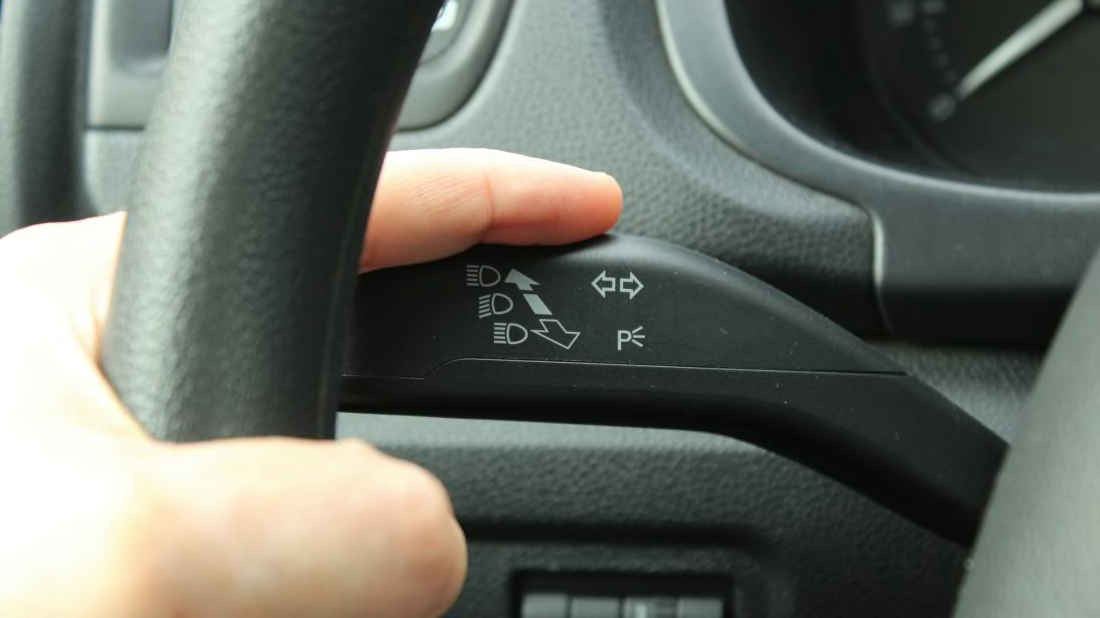Here's one sample Nevada legal website I found this info on:
NRS 484B.413 | fighting "Failure to Signal" tickets in Las Vegas, Nevada
2.1. When there are no other drivers on the road
It is still against the law not to signal in advance of a turn or lane change even if there are no other vehicles in the vicinity. In practice, however, drivers on empty roads are very unlikely to pick up "failure to signal" citations precisely because there is no one around to witness the lack of signaling.
However, drivers are not required to signal prior to slowing down or stopping suddenly if there are no cars behind them. So if a driver is cited for not signaling prior to a sudden stop or speed decrease, the charge should be dismissed if the prosecutor cannot prove that there was another vehicle to the driver's rear.
Additionally, drivers do not have to give any "audible signals" before turning or changing lanes if there are no pedestrians who would be affected by the driver's change of course. So if a driver is cited for not using a horn, the charge should be dismissed if the prosecutor cannot prove that there were pedestrians who could have gotten in the driver's way.2



